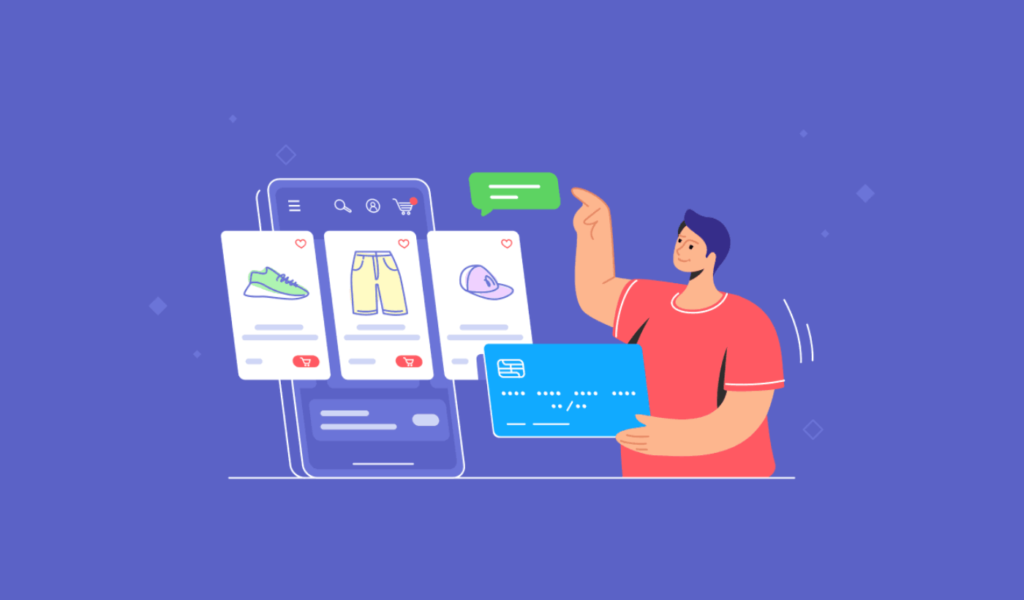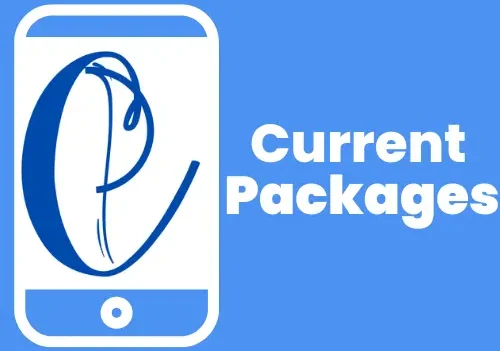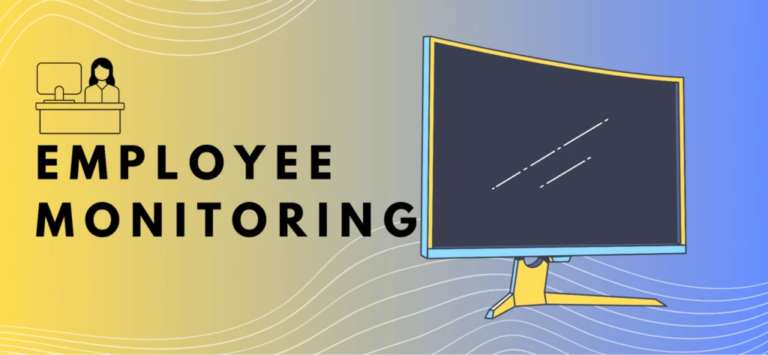How to Promote Your Shopify Store and Drive Traffic

In today’s competitive e-commerce landscape, promoting your Shopify store effectively is essential to standing out and driving meaningful traffic. While Shopify offers a powerful platform for building and managing your online store, the success of your business depends on your ability to attract customers. Whether you’re just starting or looking to scale your business, using the right mix of digital marketing strategies can significantly enhance your visibility and customer engagement. This guide will provide actionable strategies for how to promote shopify store and drive traffic to boost your store’s performance.
1. Optimize Your Shopify Store for Search Engines (SEO)
Search engine optimization (SEO) plays a crucial role in driving organic traffic to your Shopify store. To ensure potential customers can find your store, follow these SEO best practices:
- Optimize Page Titles and Meta Descriptions: Use relevant keywords in your page titles, product descriptions, and meta tags. Make sure to keep your titles concise and compelling, as they directly influence click-through rates.
- Improve Site Speed: A fast-loading website not only improves user experience but also ranks higher on search engines like Google. Compress images, use optimized Shopify themes, and minimize redirects to improve load times.
- Create High-Quality Content: Blogging about topics related to your products or niche can help attract organic traffic. Use keywords naturally throughout your content to target search intent.
- Mobile Optimization: A significant percentage of online shoppers browse from mobile devices, so it’s critical that your Shopify store is fully responsive and mobile-friendly.
By mastering SEO, you can organically drive more traffic without relying heavily on paid advertising.
2. Leverage Social Media Marketing
Social media is an invaluable tool for promoting your Shopify store and engaging with potential customers. Here’s how to make the most of your social media presence:
- Choose the Right Platforms: Focus on platforms where your target audience spends most of their time. Instagram, Facebook, and Pinterest are popular for promoting e-commerce stores, while TikTok can be effective for reaching younger audiences.
- Engage with Your Audience: Regularly post updates about your products, share user-generated content, and run giveaways or contests. Engagement on social media can foster loyalty and help spread the word about your brand.
- Influencer Marketing: Partnering with influencers relevant to your niche can help you reach a wider audience. Influencers can offer product reviews, unboxing videos, or even discount codes that drive traffic directly to your Shopify store.
- Paid Social Media Ads: Running targeted ads on platforms like Instagram and Facebook can quickly boost visibility. Use Facebook’s robust targeting features to reach your ideal customers based on demographics, interests, and behaviors.
3. Utilize Email Marketing to Drive Repeat Business
Email marketing is a proven way to keep customers engaged with your Shopify store and encourage repeat purchases. Here’s how you can implement an effective email marketing strategy:
- Build Your Email List: Offer incentives like discounts or free shipping to encourage website visitors to subscribe to your newsletter. You can also collect emails through exit-intent pop-ups or post-purchase opt-ins.
- Send Personalized Campaigns: Personalize your emails based on customer behavior, such as abandoned carts or product recommendations. This increases the likelihood of conversion and makes customers feel valued.
- Segment Your Audience: Break your email list into different segments based on purchase history, preferences, or engagement levels. Tailored messaging for each segment can boost engagement rates and reduce unsubscribe rates.
- Automated Email Sequences: Set up automated email sequences such as welcome emails, thank-you emails, and post-purchase follow-ups to nurture customer relationships and keep them coming back.
4. Run Pay-Per-Click (PPC) Campaigns for Targeted Traffic
Pay-per-click (PPC) advertising can quickly drive traffic to your Shopify store, targeting users actively searching for products like yours. Some effective platforms for PPC campaigns include:
- Google Ads: Using Google Ads, you can target users based on specific keywords related to your products. This form of search engine marketing (SEM) allows you to appear at the top of search results for relevant queries.
- Display Advertising: With Google Display Network or other programmatic advertising platforms, you can serve visually engaging ads to users as they browse the web. Display ads can help raise awareness and capture the interest of potential customers.
- Remarketing: Set up remarketing ads to target users who have visited your store but did not complete a purchase. These ads can follow users across the web, reminding them of your products and encouraging them to return to your site.
By implementing well-targeted PPC campaigns, you can drive more qualified traffic that is likely to convert.
5. Leverage Connected TV Advertising for Brand Visibility
Connected TV (CTV) advertising is becoming an increasingly popular way to promote products and services. By advertising on streaming platforms and over-the-top (OTT) devices, Shopify store owners can reach a broader audience while benefiting from precise targeting.
- High Engagement Rates: Viewers of connected TV ads tend to be more engaged, as they are watching on-demand content in a less disruptive environment compared to traditional linear TV ads.
- Audience Targeting: You can target your ads to specific demographics, interests, and even locations, ensuring your campaigns reach the right audience. This precision makes connected TV advertising an excellent option for Shopify stores looking to increase visibility and traffic.
- Performance Marketing Approach: Connected TV advertising can also be integrated into performance marketing strategies, where advertisers only pay for measurable actions like clicks, views, or conversions.
6. Collaborate with Other Brands for Co-Marketing Opportunities
Co-marketing is a cost-effective way to expand your reach by partnering with other brands that share your target audience. Here are a few ideas:
- Cross-Promote on Social Media: Partner with complementary brands to promote each other’s products on social media. This collaboration can expose your Shopify store to a new audience without significant financial investment.
- Run Joint Giveaways or Contests: Collaborating on a joint giveaway or contest allows both brands to benefit from increased visibility and engagement. Ensure the partnership is mutually beneficial and that both brands share similar values and audience profiles.
7. Use Affiliate Marketing to Expand Your Reach
Affiliate marketing is another powerful way to promote your Shopify store and drive traffic. By allowing affiliates to promote your products in exchange for a commission on sales, you can reach a wider audience without upfront marketing costs.
- Join Affiliate Networks: Consider joining affiliate networks like ShareASale or CJ Affiliate to connect with a wide range of influencers, bloggers, and websites that can promote your products.
- Offer Competitive Commissions: Encourage affiliates to promote your products by offering a generous commission rate. The higher the reward, the more motivated affiliates will be to drive sales to your store.
Affiliate marketing can be a low-risk, high-reward strategy for driving sales and increasing brand visibility.
8. Engage in Content Marketing and Blogging
Content marketing can drive consistent traffic to your Shopify store over time. By creating valuable, educational content related to your products, you can attract organic traffic and position your brand as an authority in your niche.
- Write Product Guides and How-To Articles: Help potential customers make informed purchasing decisions by writing detailed guides or how-to articles about your products or industry. These posts can rank on search engines and drive traffic to your Shopify store over time.
- Create Shareable Infographics or Videos: Visual content like infographics or short, informative videos can increase engagement and shareability, helping you reach a larger audience across social media and blogs.
- Guest Blogging: Write guest blog posts on websites that cater to your target audience. This can help you build backlinks, improve your SEO, and drive referral traffic to your Shopify store.
9. Maximize Impact with Influencer Collaborations
Influencer marketing can significantly boost the visibility of your Shopify store. Here’s how to effectively collaborate with influencers:
- Identify Niche Influencers: Work with influencers whose followers align with your target audience. Micro-influencers (those with smaller but highly engaged audiences) can offer higher conversion rates compared to larger influencers.
- Product Reviews and Promotions: Provide influencers with free products to review or feature in their content. These reviews can lead to increased traffic and sales.
- Offer Exclusive Discount Codes: Give influencers custom discount codes to share with their followers, encouraging immediate conversions.
10. Monitor and Measure Your Success
As you implement these strategies, it’s crucial to track your results to understand what’s working and what isn’t. Use marketing metrics such as:
- Website Traffic: Monitor the number of visitors to your site and which channels are driving the most traffic.
- Conversion Rate: Track how many visitors are converting into customers.
- Customer Acquisition Cost (CAC): Measure how much you are spending to acquire each new customer.
Tools like Google Analytics, Shopify’s built-in reports, and third-party tools can help you stay on top of your performance.
Conclusion
Promoting your Shopify store effectively requires a multifaceted approach that includes SEO, social media marketing, email campaigns, and even advanced strategies like connected TV advertising. By leveraging a combination of these tactics, you can increase your visibility, attract more visitors, and ultimately drive more sales. Experiment with different strategies, measure your results, and continue refining your approach to maximize the success of your store.






